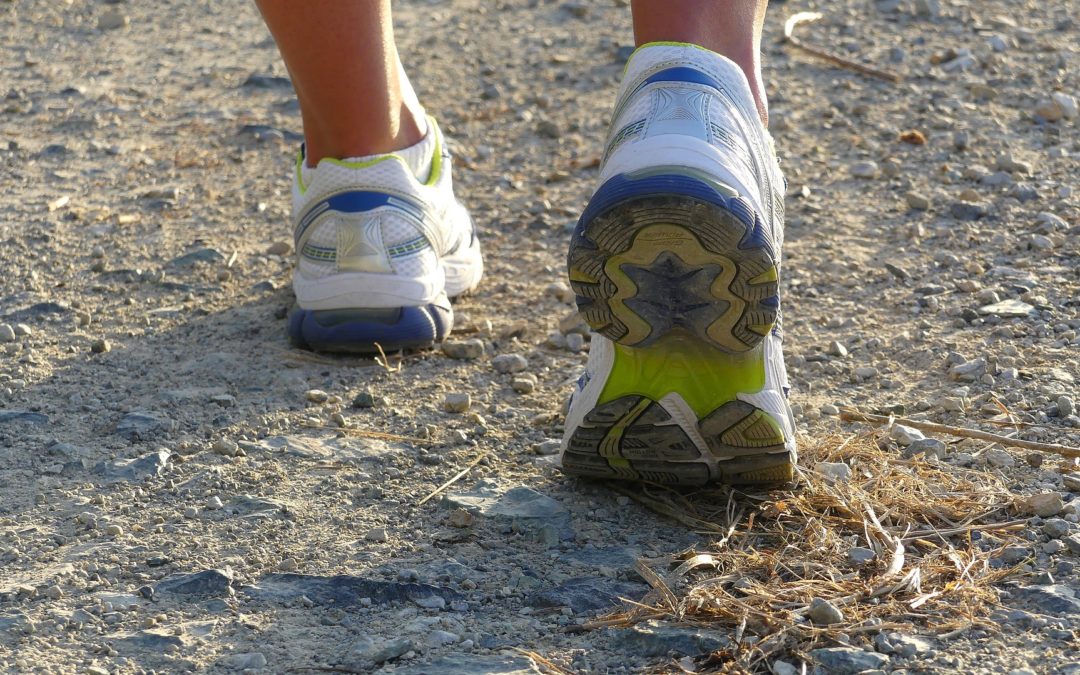Shoe Cushioning Influences the Running Injury Risk According to Body Mass: A Randomized Controlled Trial Involving 848 Recreational Runners
Malisoux L, Delattre N, Urhausen A, Theisen D. Am J Sports Med. 2019 Dec 26:363546519892578. doi: 10.1177/0363546519892578. [Epub ahead of print]
https://www.ncbi.nlm.nih.gov/pubmed/31877062
Take-Home Message
Runners who wore harder shoes had a 52% greater occurrence of running-related injury compared to runners wearing soft-cushioned shoes. The most protective effect of soft-cushioned shoes was among lighter weight runners.
Summary
There is a high risk of injury among recreational runners, and clinicians often try to decrease running-related injury risk for their patients. Footwear cushioning may protect against a running-related injury depending on the runner’s weight; however, there are no studies to confirm this belief. The authors of this paper performed a randomized controlled trial among 848 healthy, recreational male and female runners to compare a hard and soft-midsole cushioned shoe on running injury risk during 6 months. All runners received the same shoe prototype, with the only difference being the amount of cushioning at the midsole. Runners then ran with the shoes at least once per week over 6 months. They also completed weekly electronic surveys to report running training details and if they experienced any injuries or pain. There were 128 total running-related injuries that occurred during the study. Injuries primarily occurred at the knee, ankle, lower leg, and foot (listed highest to lowest incidence), and largely affected muscular, tendinous, or capsuloligamentous structures. The researchers found there was a 52% higher incidence of injury for the hard midsole versus the soft midsole shoe group, regardless of training frequency or duration. The benefit of soft midsole shoes was primarily among lighter weight runners.
Viewpoints
This is the first study to perform a rigorous prospective evaluation of different levels of shoe cushioning on running-related injury among recreational runners. Clinicians may use this information to educate novice or recreational runners on the protective effect soft shoe cushioning may have on running-related injuries, particularly for lighter mass runners. It is important to note that these results may not transfer to competitive or experienced runners as this was a novice cohort. Although the researchers collected the runners’ injury history, it is unclear if previous injuries influenced the injury outcomes in this study. Future research should consider assessing injury occurrence across different categories of runners and control for injury history. Finally, these results may not apply to commercially available shoes that offer different levels of cushioning, which may result in different outcomes. Despite these limitations, this study importantly demonstrated potentially protective effects of shoe cushioning on running-related injuries over time. Clinicians should consider shoe modifications as a means to reduce the risk of injury among recreational runners.
Questions for Discussion
Do you educate your runners on shoe wear at the beginning of any training plan?
Written by: Alexandra F. DeJong
Reviewed by: Jeffrey Driban
Related Posts
Which Shoes Protect Those Who Protect Us?
Reduce the Risk of Injury with a New Pair of Shoes
Is it All About the Shoes?


